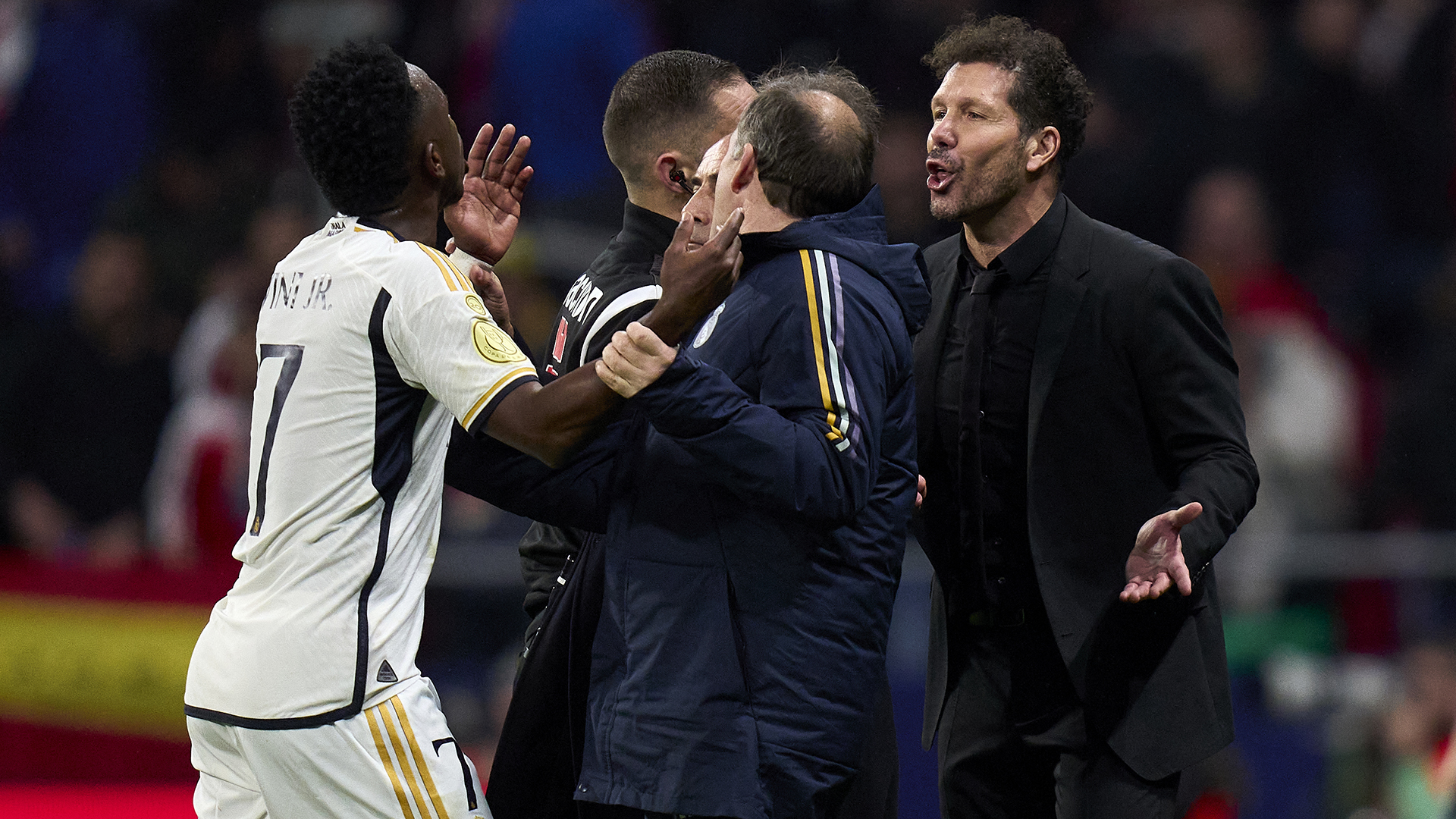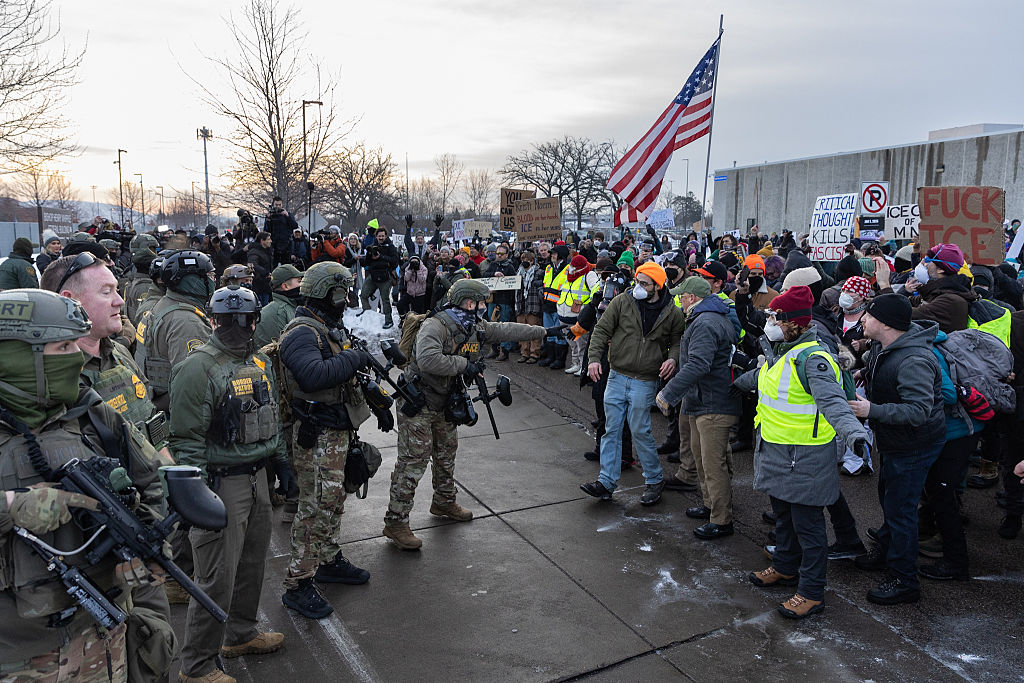This week, Defector has chosen to curate a collection of writing inspired by two entities that have had an indelible effect on North America: the upper house of the United States Congress and Eugene Melnyk’s pro hockey team. This is Senators Week.
In many of his 30-odd books, John McPhee's gift is alchemizing a potentially dull subject into probingly interesting writing. No such alchemy is required when the subject lies at the intersection of old-timey basketball, the Knicks, and Princeton. To the extent that a rapt audience exists for some 140 pages of descriptive prose that connects all those dots, it is me.
McPhee's 1965 book, A Sense of Where You Are, is a real-time portrait of Bill Bradley, then the best men's college basketball player in the country, en route to a third-place finish with the Tigers in the NCAA Tournament. That was before the Rhodes Scholarship, the two championships with the Knicks, the three terms as a Democratic Senator from New Jersey, and the one failed presidential bid. Among its other merits, the book is literature's most loving and thorough treatment of a U.S. senator's jump shot. (Neither Bernie Sanders's work in the low post nor Barack Obama's shootaround could ever launch so many paragraphs.) And so, for Senators Week, I returned to this text to revisit all its microscopic observations of the truest baller in the history of the American legislature, and hopefully provide an answer to the seminal question: What would a YouTube mixtape of Bill Bradley shredding the 1964 Ivy League look like?
One joy of all dusty sportswriting about a sport that has technically evolved beyond all recognition since original publication: The contemporaneous awe is preserved for posterity. The modern fan can walk to the nearest park and see tighter handles and deeper shooting range, but understanding how revolutionary an athlete was for his time requires the testimony of peers, who could measure against all what they had previously seen without being clouded by what was to come later. The peer in this instance was an especially tough critic, a discerning but disappointed basketball mind. Just as he was about to discover Bradley play, McPhee found himself straining to sustain interest in the sport that "once consumed about ninety-two percent of my time." Before seeing his faith restored by this freshman messiah in 1962, the author was jaded. You'll recognize the modern version of this complaint today, though it's funny to hear it had purchase while Bill Russell was in the middle of winning eight straight titles:
My own feeling for basketball had faded almost to nothing over the years because the game seemed to me to have lost its balance, as players became taller and more powerful, and scores increased until it was rare when a professional team hit less than a hundred points, win or lose; it impressed me as a glut of scoring, with few patterns of attack and almost no defense anymore. The players, in a sense, had gotten better than the game, and the game had become uninteresting. Moreover, it attracted exhibitionists who seemed to be more intent on amazing a crowd with aimless prestidigitation than with advancing their team by giving a sound performance.
The fix for McPhee's ennui was Bradley, chief respecter of basketball's fundaments, who averaged 30.2 points a game at Princeton but loved nothing more than passing up a good shot to create a teammate's better one—infuriating all the coaches who wanted him to cook. Bradley is depicted as an obsessive who would not leave a spot on the floor until he had gone 10-of-13, an egoless technician who used to go up to opponents after the game to learn their moves that had impressed him, a machine so sensitively tuned that a few warm-up shots were all it took for him to declare that the hoop at the Lawrenceville School was an inch and half lower than regulation. (McPhee later used a tape measure to confirm that it was an inch and an eighth short.) The two words Bradley uses most when talking about basketball are "discipline" and "concentration," all in the service of overcoming his self-professed lack of "natural ability." As a freshman, he made 57 straight free throws. When asked, he can deconstruct his hook shot into its five component parts. Ahead of his senior season he writes to his coach Butch van Breda Kolff about "the stern challenge ahead," and even coach wants him to ease up: "Basketball is a game ... It is not an ordeal. I think Bradley's happiest whenever he can deny himself pleasure." The portrait of Bradley in these pages is charming, flattering, funny, but left me with one reservation: The Bill Bradley hooping in my mind was indeed sound, but almost unbelievably sauceless even by the standards of his time. How could someone be moved to poetry by this?
The saucelessness was itself the draw for McPhee. What he admires above all is the fluidity, efficiency, and self-effacement. "He does it all with a floating economy of motion and a beguiling offhandedness that appeal to the imagination. Many basketball players, outstanding ones included, have a tendency to be rather tastelessly rococo in their style, and Bradley stands out in contrast to them because he adorns nothing that he does," McPhee writes. I am left to wonder which of Bob Cousy's glacial hesi moves left those scars. At one point, he identifies the lone sizzle in Bradley's game—his "hope passes," the blind outlets he would throw to the spot on the floor he assumed a teammate would eventually occupy—but only to pick out the one "somewhat unsound aspect" in his play. "Bradley is sensitive about such dazzling passes, because they look flashy, and an edge comes into his voice as he defends them," McPhee writes, of a national hero explaining away the one dimension of his game that scans as obviously cool some six decades later.
Upon reading this book for the first time in 2018, I reached out to McPhee, whose nonfiction writing class I took at Princeton, to see if he'd be interested in watching a Golden State Warriors game with me. If Bradley, with "a high parabola jump shot that almost always seems to drop into the basket with an equal margin to the rim on all sides," could make him go write a book, perhaps a Steph Curry behind-the-back dribble into a logo pull-up would yield several volumes. Had they been playing the Thunder, a single Russell Westbrook tomahawk dunk might incinerate The New Yorker's complete archives and one of its most celebrated writers.
McPhee graciously declined, noting that he didn't follow the modern game regularly enough to comment on it in public, but did watch and enjoy Curry and Golden State whenever he could. So I returned to my quaint mental images of Bradley hitting the open man, cutting back door, nailing his free throws, rebounding fastidiously, apologizing thoroughly the whole time. Bradley sounded impressive but boring, glassy in every sense, possibly the purest ever realization of the Princeton undergraduate.
Revisiting the book this past April, with an even closer eye on Bradley's moves, a peculiar change came over me. It could be that I am so starved for pickup basketball that a richly textured paragraph about a simple bounce pass can get me salivating. Surely the bar has been lowered. But I slowly managed to marvel at the future senator's antiquated skillset. McPhee goes long on Bradley's choice dribble move, then called the reverse pivot:
A way of getting rid of a defensive man who is playing close, it is a spin of the body, vaguely similar to what a football half-back does when he spins away from a would-be tackler, and almost exactly what a lacrosse player does when he "turns his man." Say that Bradley is dribbling hard toward the basket and the defensive man is all over him. Bradley turns, in order to put his body between his opponent and the ball; he continues his dribbling but shifts the ball from one hand to the other; if his man is still crowding in on him, he keeps on turning until he has made one full revolution and is once more headed toward the basket. This is a reverse pivot. Bradley can execute one in less than a second. The odds are that when he has completed the spin the defensive player will be behind him, for it is the nature of basketball that the odds favor the man with the ball—if he knows how to play them.Bradley doesn't need to complete the full revolution every time. If his man steps away from him in anticipation of a reverse pivot, Bradley can stop dead and make a jump shot. If the man stays close to him but not close enough to be turned, Bradley can send up a hook shot. If the man moves over so that he will be directly in Bradley's path when Bradley comes out of the turn, Bradley can scrap the reverse pivot before he begins it, merely suggesting it with his shoulders and then continuing his original dribble to the basket, making his man look like a pedestrian who has leaped to get out of the way of a speeding car.
This sounds a lot like a prehistoric spin move, and anyone who's gazed at a blurring John Wall might chuckle as this one earns praise for completing itself in "less than a second." But seeing all the options Bradley had for exiting the move, and the reported fluency with which he chose from among them, made me think that there was more deception to ol' Bill, a little more wiggle in those sober shoulders, than I had realized. This suspicion only grew as McPhee meditated on the shot that gave the profile its name. It's tucked away as an exception in yet another ode to the humility of Bradley's style: "Nonetheless, he does make something of a spectacle of himself when he moves in rapidly parallel to the baseline, looks for a teammate he can pass to, and, finding none, tosses the ball into the basket over one shoulder, like a pinch of salt." It sounds a lot like a reverse layup. Bradley said he cribbed it from Jerry West and Oscar Robertson. "'When you have played basketball for a while, you don't need to look at the basket when you are in close like this,' he said, throwing it over his shoulder again and right through the hoop. 'You develop a sense of where you are.'" OK, Bill! I see you.
Structurally, the book can be thought of as a series of keenly observed gamers with narrative connecting tissue. Much of the on-court action would lie well within the repertoire of a significantly less-decorated Knick, like, say, Kevin Knox. But at times my marginalia matched the enthusiasm of the live audience. Against North Carolina State, Bradley pins a layup on the glass then sprints the other way to ice a transition layup of his own. "In all my years," said NC State's coach, Press Maravich, father of a then-17-year-old Pistol Pete, "I have never seen that done." This is one of my favorite sequences in basketball, and had I never seen it before—had I not known Anthony Davis could and would exist—I'd be incredulous, too.
As my awe adjusted for era, I could almost grasp how Bradley's warmup routine, which consisted of set shots, jump shots, and hook shots of escalating difficulty, had a disinterested Philadelphia crowd "applauding like an audience of an opera." McPhee attests that Bradley was "more interesting to watch before a game than most players are in play." This mostly made me feel bad for the players of the mid-'60s, who were surely trying their best. (Here, again, I could not help but envision Steph Curry noodling around for a single minute and sending up a mushroom cloud.)
There were plenty of moments where my wonderment was irony-free. During a 46-point performance against Texas, Bradley is credited with "an eighteen-foot running hook," which I dare any present NBA player to attempt. In a doomed battle against Michigan, he submits one of the distinguishing performances of his career. He "hit jump shots from points so far behind the basket that he had to start them from arm's length in order to clear the backboard," which you don't see too often these days, either. When Michigan springs a trap on him in the corner, he "part[s] them with two rapid fakes—a move of the ball and a move of his head—and leap[s] up between them to sink a twenty-two foot jumper." He clowns them both the same way the next trip down the floor, with different fakes. Bradley's last shot in his final Princeton home game is a "seventeen-foot hook shot." In the waning minutes of his collegiate career, a rout of Wichita State that secures Princeton third place in the tournament, Bradley's teammates, coach, and screaming fans plead for him to go off. After a lifetime of restraint, he finally permits himself the pleasure. McPhee's account of the 58-point levee breach had me hooting and hollering into the past alongside the monochrome crowd, especially after this shot:
Within the minute, he had the ball again and was driving up court with it, but a Wichita player stayed with him and forced him into the deep right-hand corner. Suddenly he saw that he was about to go out of bounds, so he jumped in the air and—now really convinced that he was out of his mind—released a twenty-two foot hook shot, which seemed to him to belonger and more haphazard than any hook shot he had ever taken and certain to miss. It dropped through the net.
The pleasure of A Sense of Where You Are is partially obsolete. Nobody needs sensuous prose to evoke a basketball game when they are mere keystrokes away from watching it in high-definition, supplemented by the commentary of hundreds of anonymous racists. McPhee's level of attention was cutting-edge for 1965, the highest-fidelity option for most people who wanted to know what Bill Bradley was up to but couldn't see him in the flesh at Dillon Gymnasium. Bound by this logic, on my first read, I stopped myself from seeking out footage of college Bradley, contenting myself with the words of the man whose job was to digest every minute of it. But after my second pass, I hit the tape. I was impressed by what I saw. Bradley really did a little of everything—repeatable jumper, dimes that debilitated the defense, something I'd comfortably identify as "slashing," hints of late Gordon Hayward at the perimeter, notes of early Al Horford in the high post. There were even some dabs of sauce. There is no longer a doubt in my mind: Former Senator Bill Bradley was, in fact, a problem.






